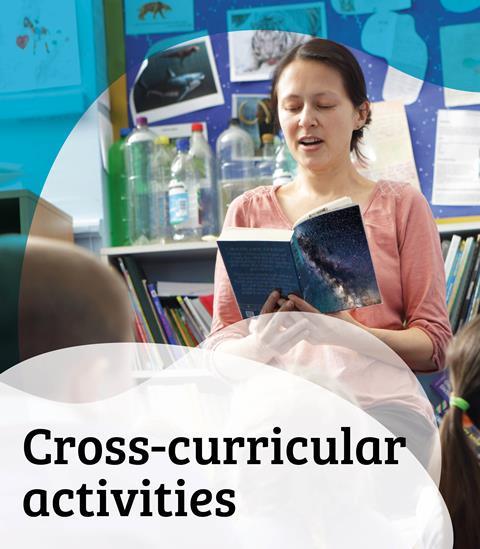The ‘properties of materials’ chapter from That’s Chemistry! This chapter looks at key ideas and activities that can be used to help students learn how the properties of materials affects their suitability for different uses.
These PDFs have been taken from the popular book, That’s Chemistry! compiled by Jan Rees.
This book covers key ideas of physical science that primary students learn about, as well as giving numerous suggestions of activities, demonstrations and investigations that can be used to enhance students’ learning.
If you teach primary science, see the headings below to find out how to use this resource:
Skill development
Children will develop their working scientifically skills by:
- Asking their own questions about scientific phenomena.
- Selecting and planning the most appropriate ways to answer science questions, including:
- Finding things out using a wide range of secondary sources of information.
- Grouping and classifying things.
- Carrying out comparative and fair tests.
- Recording data and results using scientific diagrams and labels, classification keys, tables, scatter graphs, bar and line graphs.
- Drawing conclusions and raising further questions that could be investigated, based on their data and observations.
- Using appropriate scientific language and ideas to explain, evaluate and communicate their methods and findings.
Learning outcomes
Children will:
- Distinguish between an object and the material from which it is made.
- Identify and name a variety of everyday materials including wood, plastic, glass metal, water and rock.
- Compare and group everyday materials on the basis of their properties, including their hardness, solubility, transparency, conductivity (electrical and thermal) and response to magnets.
- Give reasons, based on evidence from comparative and fair tests, for the particular uses of everyday materials, including metals, wood and plastic.
Concepts supported
Children will learn:
- That there is a difference between an object and the material(s) it is made from.
- That different materials have different properties.
- That the properties of a material determine its suitability for a particular use.
- The definitions of key properties, e.g. absorbency and flexibility.
Suggested activity use
This resource provides a useful long-term planning tool for mapping out different activities to help children develop their understanding of different materials and their properties.
Some of the activities are designed around different properties, e.g. absorbency or flexibility, so you could choose one property and set up a carousel of activities to explore it.
Practical considerations
You will need to carefully map the activities to create a logical learning sequence.
The different activities will require different resources and equipment, which will need to be sourced prior to the lesson.
Also, it is important to ensure that children have a clear understanding of the definitions of properties – there is often confusion between the terms ‘hard’, ‘soft’ and ‘smooth’, particularly if children are asked to sort and describe materials.
Downloads
The properties of materials
PDF, Size 14.52 mbBibliography and teachers resources
PDF, Size 2.53 mb
Websites
That’s Chemistry!

Discover the informative chapters of That’s Chemistry! Each chapter explains a chemistry concept and gives numerous ideas for activites to support students’ learning.
- 1
- 2
 Currently
reading
Currently
reading
The properties of materials and their everyday uses
- 4
- 5
- 6
- 7
- 8
- 9
- 10
- 11
- 12
- 13





































No comments yet